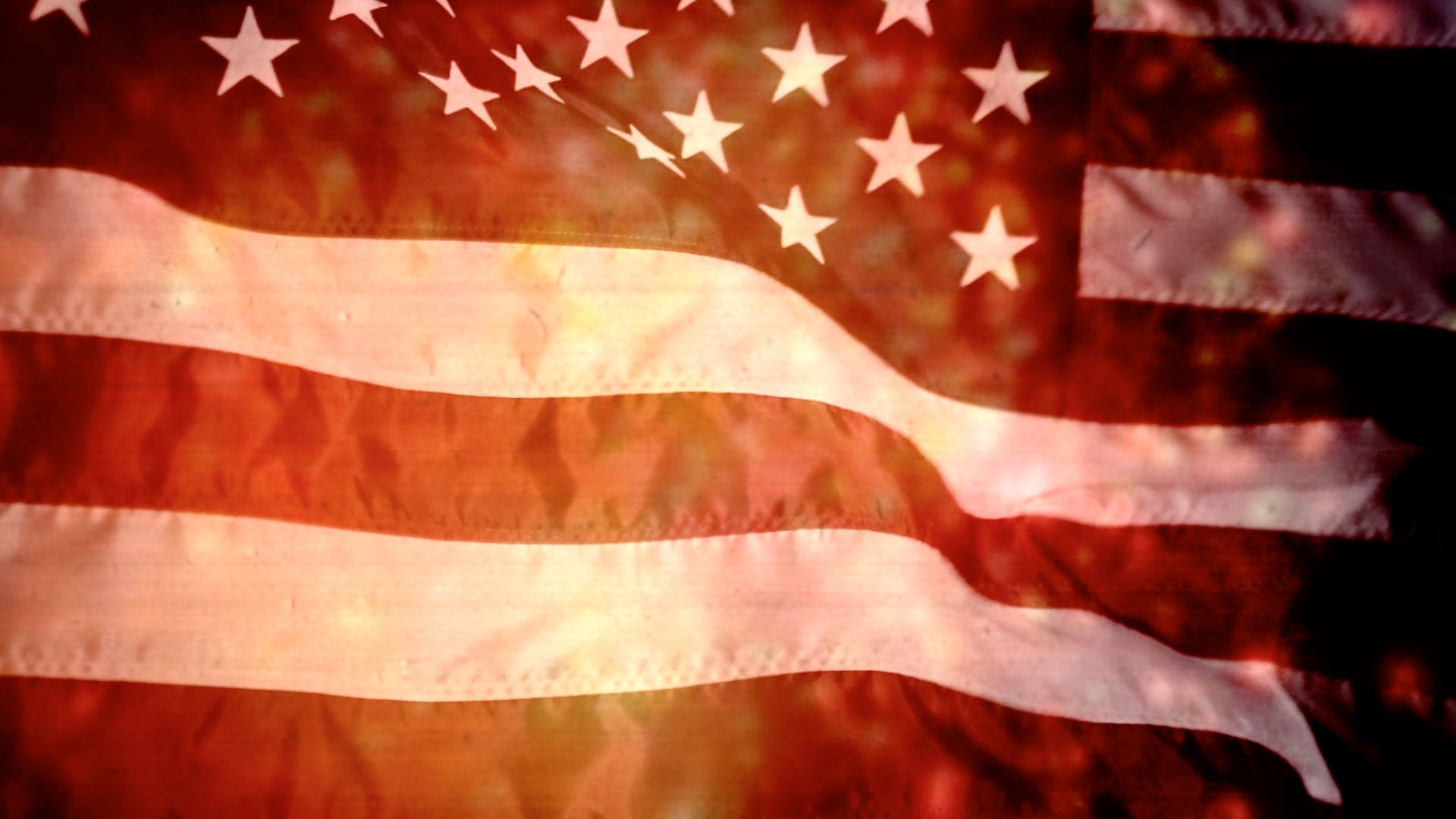
WASHINGTON – As we celebrate our country’s independence and freedom, there’s perhaps no greater symbol than the American flag, often called the Star Spangled Banner. Today, the original flag, which served as the inspiration for Francis Scott Key and the National Anthem, sits in the Smithsonian Museum in Washington, D.C. and how it got there is an interesting story.
Author Tom McMillan details that story in his new book, Our Flag Was Still There: The Star Spangled Banner That Survived the British and 200 years – and the Armistead Family Who Saved It.
“The song, written in 1814 by Francis Scott Key, was inspired by the flag that flew at the Battle of Baltimore at Ft. McHenry,” said McMillan in an interview with CBN News. “After all of the fighting, Key saw it still proudly waving in the wind.”
McMillan explained how the song is about Key figuring out who had won the battle.
“Through the mist he sees our flag,” he added. “Our flag was still there. There are four verses to that song and it’s kind of sequential.”
After the battle, Commander George Armistead took the flag home as a souvenir.
“A complete violation of Army regulations,” said McMillan. “He stole the flag but it remained in the private possession of his family for 90 years. And no one really knew about it. That’s why it exists today. His grandson gave it to the Smithsonian in the early 1900s.”
McMillan’s research even led him directly to some of Commander Armistead’s descendants.
“I was, fortunately, able to track down some direct descendants of George Armistead,” said McMillan. “When you’re an author you just write them cold letters. You don’t know if they’re ever going to respond. Fortunately, I’ve had pretty good success and one called me, one whose name was George Armistead – called me right away. It’s a little strange when you’re researching George Armistead from 1814 to get a phone call from George Armistead.”
The family invited McMillan into their Philadelphia home and what he found there went way beyond the flag.
“I went to the bathroom in their home and I came down their stairs and I saw some things on the wall where you hang high school diplomas and things like that. And these items were signed by John Adams, Thomas Jefferson, and James Madison,” McMillan recalled. “They were George Armistead’s original army commissions. And I said, ‘You can’t have these in your house!'”
They also had an original portrait of the Commander. McMillan was able to connect them with the Smithsonian where they’ve since donated many of these national treasures.
McMillan says he loved digging into the research for this book.
“I think to do it you have to love the research just as much as the writing,” he explained. “Writing is fun, but it’s learning. If you weren’t curious like sometimes people will come up – this is my fourth book – ‘why don’t you write about this, why don’t you write about that.’ You have to love it. You can’t just get an assignment.”
For him, this was no “assignment.”
Before writing this book, he served as Vice President of Communications for the NHL’s Pittsburgh Penguins.
“I had a great career,” he said. “I was in the media before that but I always said that, you know, for a lot of people sports is their escape from their job so when you work in sports you need an escape from it so history was my ‘sports.'”
He says his hope for this book is that it deepens readers’ appreciation for history – and our country.
“One of the curators said when we were working on it the last time that they viewed it as a metaphor for the country,” he said. “It’s tattered, it’s torn but it still survives and the flag survives if the country survives.”
The remainder of this article is available in its entirety at CBN